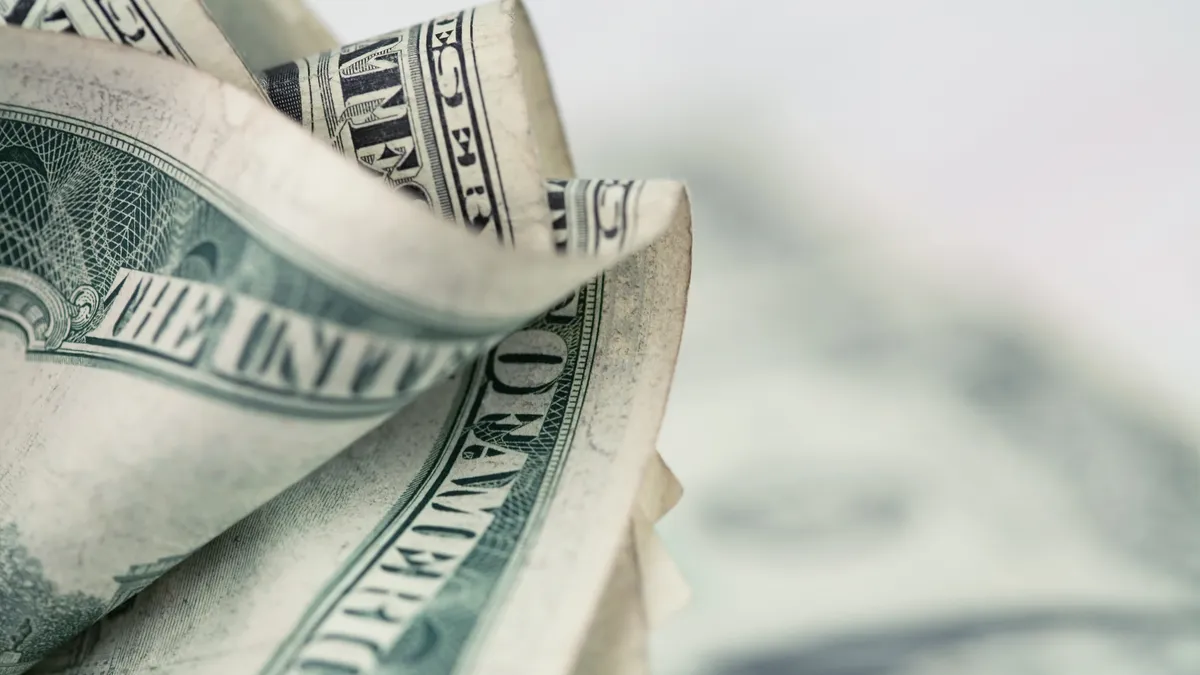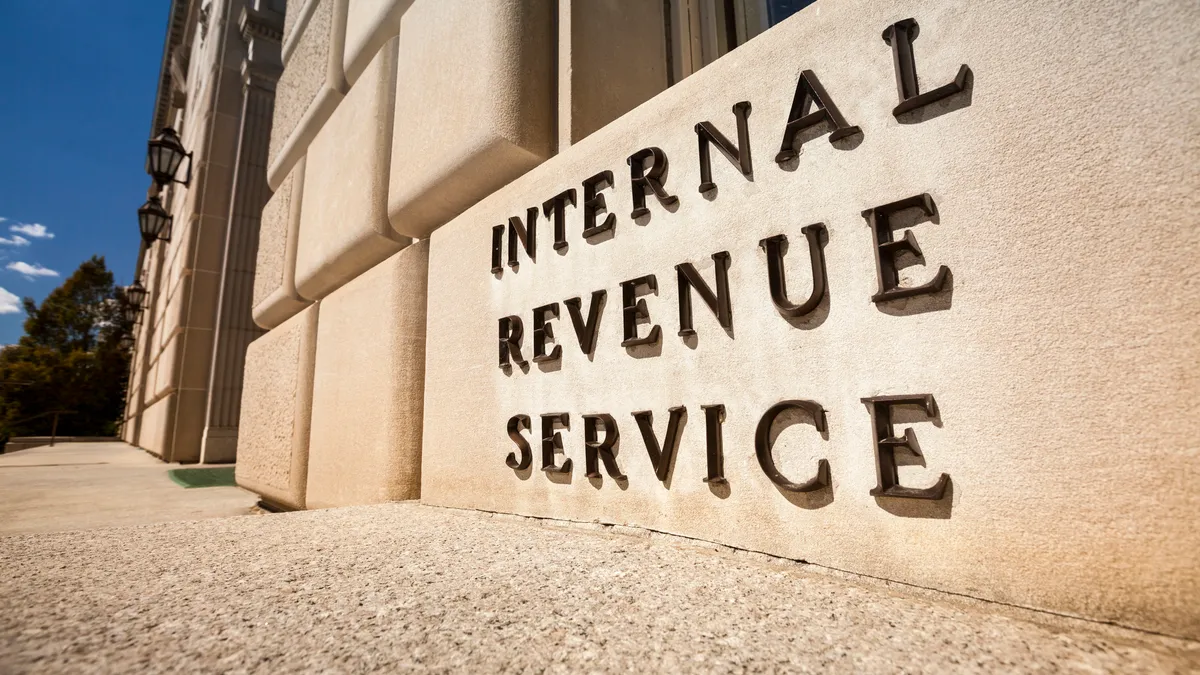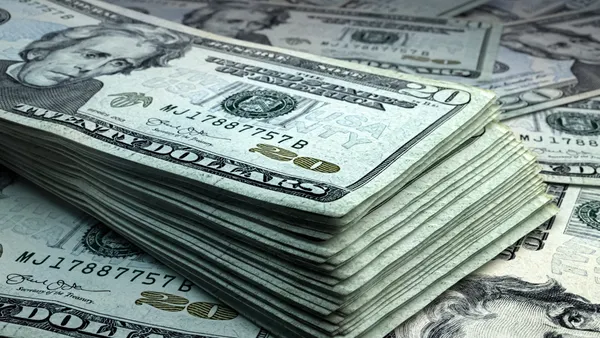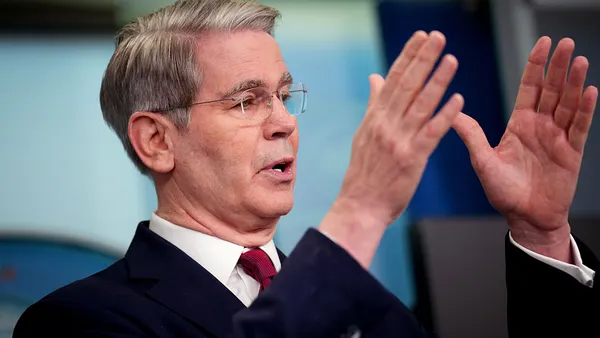Dive Brief:
- Inflation eased last month to the slowest annual pace since February 2021, showing that President Donald Trump’s imposition in April of the highest U.S. tariffs in decades did not ignite an immediate liftoff in prices.
- The consumer price index rose a less-than-expected 0.2% last month and 2.3% over 12 months, the Bureau of Labor Statistics said Tuesday. The gauge of so-called core prices excluding volatile food and energy prices increased at a 2.8% annual rate, matching the March pace, which was the lowest 12-month gain in four years.
- Economists cautioned against taking too much comfort from the data, noting that most prices last month reflected pre-tariff business decisions. “The report doesn’t change our outlook,” Bank of America economists said in a note. “Tariff-driven price hikes are still likely to result in higher inflation in coming months.”
Dive Insight:
The Trump administration, after agreeing with the U.K. last week to trim import duties, announced on Monday a 90-day reduction of tariffs on China imports to 30% from 145%.
Yet even after those cuts, U.S. consumers face an effective tariff rate of 17.8%, the highest level since 1934, according to the Yale Budget Lab.
Current import levies in the short run will push up the price level by 1.7% and cost the average U.S. household $2,800, the Yale Budget Lab said Monday.
The duties will shave 0.7 percentage point from economic growth this year and 0.4 percentage point over the long term, the Yale Budget Lab said. Tariffs will also shrink U.S. payrolls this year by 456,000, pushing up the unemployment rate by 0.4 percentage point to 4.6%.
Prices for apparel and shoes will surge more than those for most other goods, rising 14% and 15%, respectively, the Yale Budget Lab said.
“Trade policies are evolving and are likely to continue shifting,” Federal Reserve Governor Adriana Kugler said Monday after Trump announced the partial rollback of U.S.-China tariffs.
“Still, they appear likely to generate significant economic effects even if tariffs stay close to the currently announced levels, and the uncertainty associated with these tariffs has already generated effects on the economy through front-loading, sentiment, and expectations,” she said.
Import levies will probably undercut several measures of economic performance, she said.
“Real incomes will fall and operating costs will rise, which will lead consumers to demand fewer final goods and services and firms to demand fewer inputs,” Kugler said.
“Over time, there could also be significant effects on productivity” as companies, adjusting to higher input costs and lower demand, cut capital investment and shift to a less-efficient combination of inputs,” Kugler said.
“Ultimately, I see the U.S. as likely to experience lower growth and higher inflation,” she said.
Shelter prices — a category not directly tied to tariffs — rose 0.3% in April, fueling more than half of the increase in headline inflation, the Bureau of Labor Statistics said.
The index of energy prices rose 0.7% last month as price gains in natural gas and electricity more than offset a fall in the price for gasoline.











